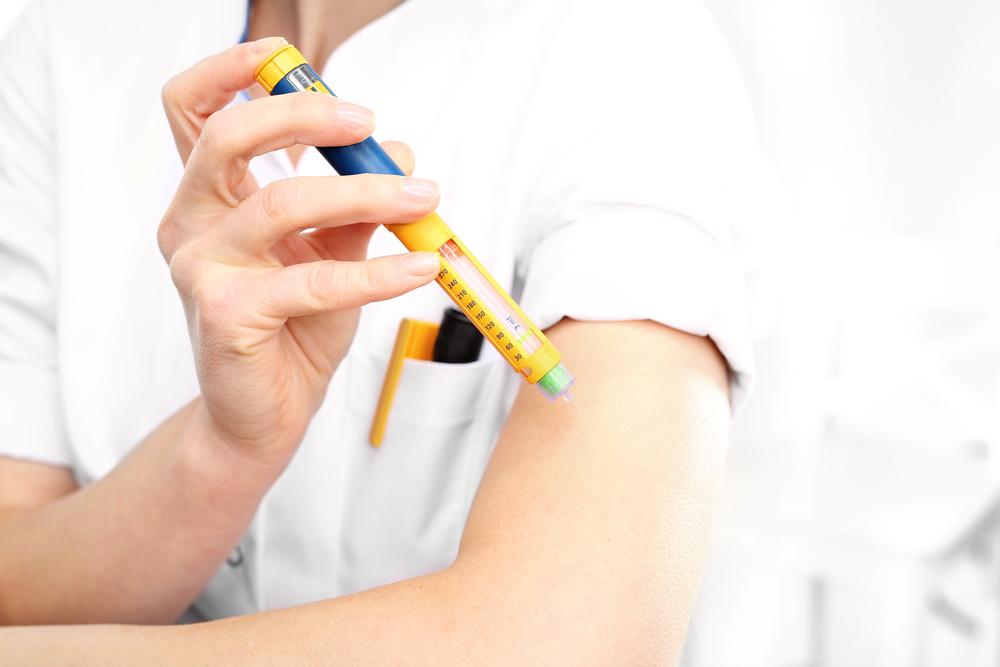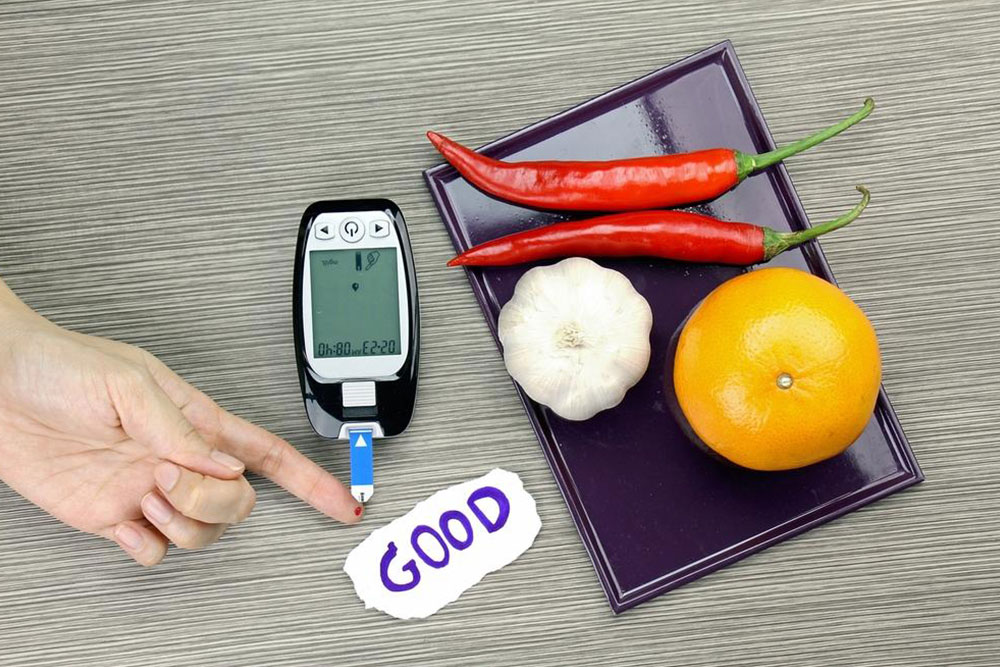Key Insights on Using Diabetes Insulin Pens Effectively
Discover essential tips for selecting, using, and storing diabetes insulin pens effectively. This guide helps patients manage their condition with accurate, hassle-free insulin injections. Learn about device types, proper techniques, and storage practices to improve blood sugar control and simplify diabetes care.

Key Insights on Using Diabetes Insulin Pens Effectively
Diabetes is a long-term health condition impacting a significant portion of the global population. It is characterized as a metabolic disorder resulting in elevated blood sugar levels due to insufficient insulin production or the body's inability to utilize insulin effectively. Proper management of diabetes often involves insulin injections to help regulate blood glucose levels and prevent complications.
In the past, traditional insulin injections were common, but the advent of insulin pens has revolutionized treatment. These devices are now among the most preferred tools for insulin delivery, offering accuracy and convenience. Understanding how insulin pens work and how to choose and use them properly can significantly enhance diabetes management.
Insulin pens are designed to simplify insulin administration. They come in two types: disposable and reusable. Disposable pens contain a single-use cartridge, which requires disposal after use, while reusable pens feature refillable cartridges. Both types require the pen to be pressed against the skin for injection, but they make measuring and delivering insulin easier than traditional syringes. Depending on the model, insulin delivery can range from 0.5 to 80 units per injection.
When selecting an insulin pen, consider factors such as brand reliability, insulin capacity, durability (for reusable types), clear dosage indicators, and ease of handling. Consulting with a healthcare provider is advisable to determine the best fit based on individual needs.
Proper use of insulin pens involves several steps: removing the pen from the refrigerator beforehand, checking expiry dates, ensuring the insulin is well-mixed and clear, disinfecting the injection site, and verifying the correct dose before injection. Always follow device-specific instructions, and seek medical guidance if uncertain about the procedure.
Storage guidelines include keeping new pens refrigerated until first use; used pens can be stored at room temperature away from heat. Remove the needle before storing to prevent contamination and maintain sterility, and adhere to specific storage instructions provided with each device.
Effective insulin pen use is crucial for optimal diabetes management, ensuring accurate dosing and reducing complications. Proper handling, selection, and storage play vital roles in treatment success.










